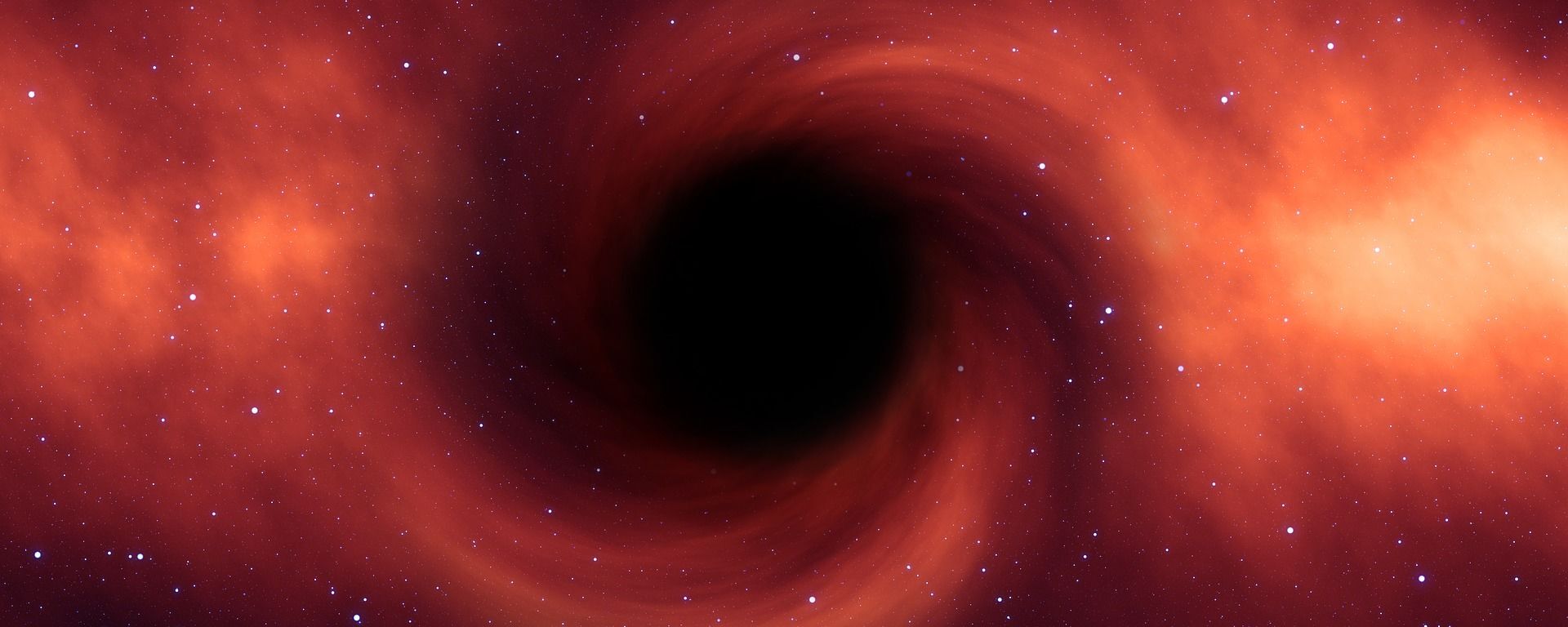https://sputnikglobe.com/20231221/cosmic-cannibals-universe-old-mini-black-holes-may-be-devouring-stars-1115735394.html
Cosmic Cannibals: Universe-Old Mini Black Holes May Be Devouring Stars
Cosmic Cannibals: Universe-Old Mini Black Holes May Be Devouring Stars
Sputnik International
A study proposes the existence of atom-sized primordial black holes, remnants from the Big Bang, that could be the key to understanding early universe mysteries and black hole formation.
2023-12-21T23:13+0000
2023-12-21T23:13+0000
2023-12-21T23:10+0000
beyond politics
science & tech
black hole
space
space exploration
astrophysics
https://cdn1.img.sputnikglobe.com/img/07e7/08/01/1112330243_0:0:985:554_1920x0_80_0_0_fec6f25689576bc95ddac21a9a23468a.jpg
New astrophysical research has brought forth a riveting theory: tiny black holes, possibly formed in the universe's first second, might be hidden within stars, slowly devouring them. These primordial black holes, thought to be relics from the Big Bang, could be the culprits behind the mysterious behavior of some stars observed today.The research, led by astrophysicist Earl Bellinger at the Max Planck Institute for Astrophysics, suggests black holes, while traversing the galaxy at high speeds, could occasionally get trapped by stars. Although most would zip through like bullets, a few, especially slower ones, might end up embedded in stars.Detecting these black holes is challenging, yet it could offer profound insights into the early universe and black hole genesis.According to the study, these mini black holes could either be too small to impact their host stars or large enough to grow by consuming stellar material. The latter scenario could lead to "black hole cannibalism," with the black hole feasting on the star from inside, causing changes in the star's structure and energy output.This process might create what are known as "red stragglers," cool red giants that differ from normal aging stars.The study was published in the Astrophysical Journal
https://sputnikglobe.com/20231214/cosmic-powerhouses-scientists-raise-possibility-of-using-black-holes-as-mega-batteries-1115594019.html
Sputnik International
feedback@sputniknews.com
+74956456601
MIA „Rossiya Segodnya“
2023
News
en_EN
Sputnik International
feedback@sputniknews.com
+74956456601
MIA „Rossiya Segodnya“
Sputnik International
feedback@sputniknews.com
+74956456601
MIA „Rossiya Segodnya“
black holes, hawking stars, what are hawking stars, what is a hawking star, how small can a black hole be
black holes, hawking stars, what are hawking stars, what is a hawking star, how small can a black hole be
Cosmic Cannibals: Universe-Old Mini Black Holes May Be Devouring Stars
These elusive celestial phenomena, hypothesized by astrophysicists, might be the key to understanding early universe mysteries and black hole formation.
New astrophysical research has brought forth a riveting theory: tiny black holes, possibly formed in the universe's first second, might be hidden within stars, slowly devouring them. These primordial black holes, thought to be relics from the Big Bang, could be the culprits behind the mysterious behavior of some stars observed today.
The research, led by astrophysicist Earl Bellinger at the Max Planck Institute for Astrophysics, suggests black holes, while traversing the galaxy at high speeds, could occasionally get trapped by stars. Although most would zip through like bullets, a few, especially slower ones, might end up embedded in stars.
The concept of "Hawking stars," stars powered by small black holes, was first suggested by theoretical physicist and cosmologist Stephen Hawking. These stars, including about 500 known so-called "red stragglers," could be hosting these primordial black holes.
By studying the pulsations and vibrations of these stars, astronomers hope to determine if they indeed contain black holes.
Detecting these black holes is challenging, yet it could offer profound insights into the early universe and black hole genesis.
According to the study, these mini black holes could either be too small to impact their host stars or large enough to grow by consuming stellar material. The latter scenario could lead to "black hole cannibalism," with the black hole feasting on the star from inside, causing changes in the star's structure and energy output.

14 December 2023, 22:18 GMT
This process might create what are known as "red stragglers," cool red giants that differ from normal aging stars.
The study was published in the
Astrophysical Journal


